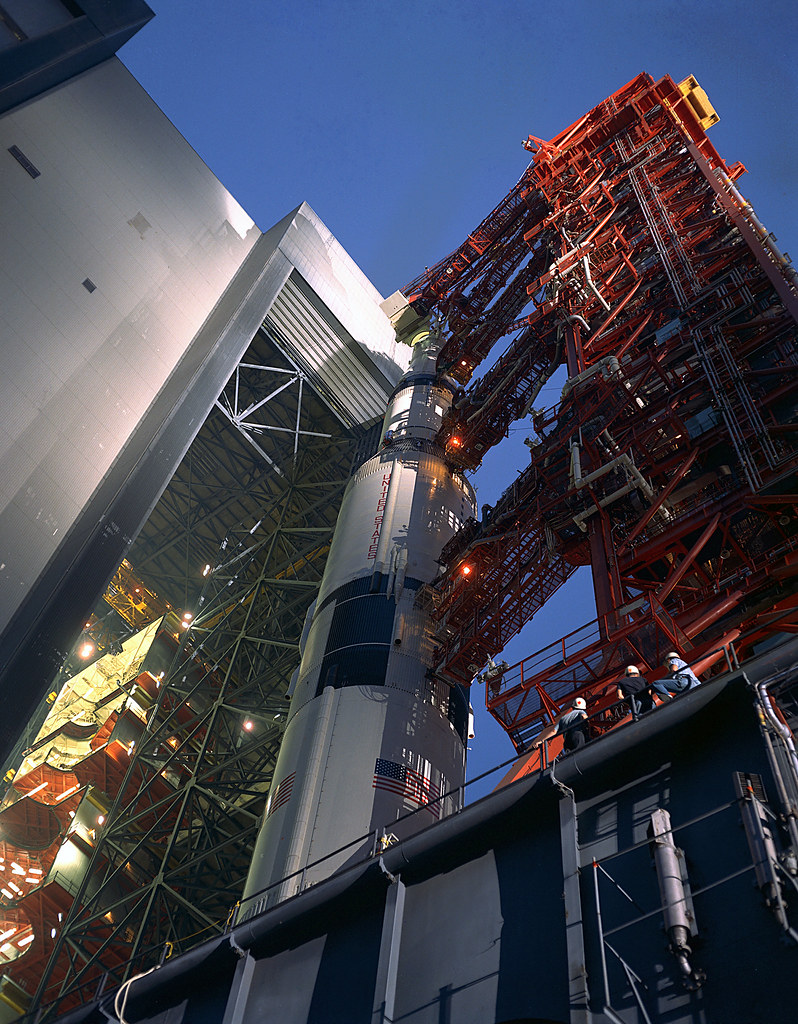The mysterious 33-year journey through space of a part of the Apollo 12 mission rocket
Space exploration is a world dominated by science and technology, but sometimes things happen that border on the world of mystery.
On November 14, 1969, NASA launched the Saturn V rocket (the SA-507) of the Apollo 12 mission, the second NASA flight to land on the Moon. This rocket, like others from NASA, was made up of several phases that separated at the time of launch.

In order to prevent space debris from accumulating that could cause problems for subsequent launches, the third stage of the rocket, called S-IVB, was scheduled to end up in a heliocentric orbit in which it should have spent perhaps thousands of years circling the sun. But something went wrong in the trajectory of that phase and it ended up being lost in space.

Many years later, on September 3, 2002, William Kwong Yu Yeung, an amateur astronomer of Chinese origin and resident of Canada, discovered an object that was named J002E3. The object did not correspond to parts of any recent space mission. At first it was thought that it would be a rock of about 30 meters, but an analysis by the University of Arizona ended up determining that the surface of that object corresponded to that of a Saturn V rocket, such as those used by NASA between 1967 and 1973.

And how come a part of an ancient rocket had turned up there decades after its launch? The most likely scientific explanation given to the mystery of the J002E3 object is that it possibly left the vicinity from Earth in 1971 to end up entering an asymmetric orbit around the sun, returning to the vicinity of Earth in June 2002, two months before being discovered. Its trajectory has led it to exchange orbits between the Earth and the Sun for long periods of time. J002E3 is estimated to orbit the Earth again in the mid-2040s.
A few months ago, the channel Primal Space published an interesting video analyzing what happened with the object J002E3 from its launch until its reappearance in Earth orbit:
|
Don't miss the news and content that interest you. Receive the free daily newsletter in your email: Click here to subscribe |
- Lo más leído
- A British fairytale ruin: the abandoned shoe house on the Isle of Wight
- The interior of the Statue of Liberty torch and the sabotage that canceled its visits
- The supermassive black hole of Phoenix A, the biggest known light-devouring monster
- A virtual tour of ancient Rome in full color, just as it was in its heyday
- The unknown Soviet female cosmonaut who died on a mission: history or hoax?
- A large collection of Volkswagen cars hidden in an abandoned mine in Switzerland
- An old Soviet military plane abandoned from 1971 on a Russian island near Alaska

 ES
ES





Opina sobre esta entrada: